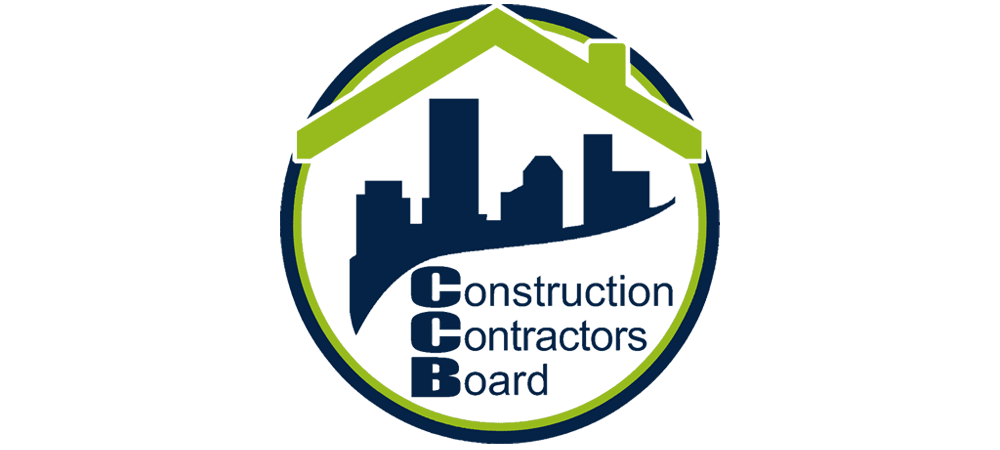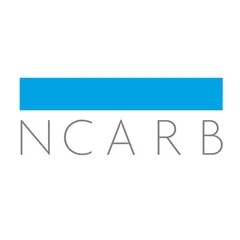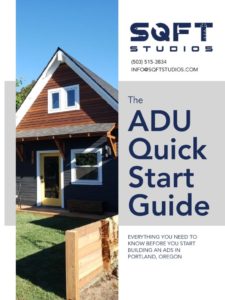
Here at SQFT Studios, we deal with a lot of electrical questions. When building an accessory structure, whether a Home Studio or ADU, the new accessory structure needs to have power. This can happen a couple of ways. Below we’ll map out a few options with some considerations to take into account. But, fair warning, every site has it’s own challenges, so likely a custom solution is required for each project.
Method 1: Utilize your Primary Dwelling Unit’s Power
For use with Home Studios and ADUs
Every home (Primary Dwelling Unit or PDU) has an electrical service. These services can range anywhere from 60 Amps to 200A. Amperage is the amount of power coming into your home. The more amps you have, the more electrical devices can run simultaneously.
When building a Home Studio, we almost always pull power from the PDU’s existing electrical service. Home Studios require anywhere from 60A-100A. ADUs usually require 100A. If your PDU only has 60A, 100A, or even 125A, then your electrical service and electrical panel for the PDU may need to be updated.
- An electrical service is the powerlines running from the overhead street power lines to your home into the meter box. These are rated for a certain number of amps.
- Your electrical panel is the metal box within your home (sometimes mounted on the exterior) which houses all the breakers for the circuits running throughout your home. These are rated by overall amps.
Once the PDU’s service and panel amperages can handle the PDU’s needs as well as the Home Studio’s needs, a sub-panel is set up in the Home Studio. Large gauge wires run from the PDU’s panel to the sub-panel which houses all the breakers for the Home Studio’s circuits. This way, the power for the Home Studio can be managed within the Home Studio. Back in the PDU’s panel, there are breakers which can also shut power off to the Home Studio.
Method 2: Separate Services for PDU and ADU
For use with ADUs
When building an ADU, it is an option to setup a separate electrical service for the ADU from the PDU. This makes the two buildings independent of each other as well as giving each building it’s own electrical bill. This is very convenient when renting the ADU out long term.
In order to achieve this, a little bit of retrofiting at the PDU is required. A dual meter panel is installed on the PDU to current building code. This typically results in a new placement on the home as the codes have changed. A new electrical service is ran to the dual meter box that will feed the two meters. Once wired, one meter feeds the PDU’s electrical panel, the other meter will feed the ADU electrical panel.
One item to note is that the electrical feed from the dual meter panel to the ADU cannot pass in or under the PDU. They need to be able to be serviced independently while not disrupting the other unit.
This is the best option for most, but is also fairly expensive. A new service, new dual panel, as well as trenching for the ADU power run all adds up. These costs are also very site dependent, therefore we cannot provide any “ballparks”.
Method 3: Solar!
This is the most experimental option, so we at SQFT Studios have not had the pleasure of implementing this method. Solar systems, along with battery packs such as the Powerwall system, can make your Home Studio or ADU independent from any electrical utility. Our buildings are built to harvest the sun’s energy and use it efficiently. With our LED lighting, efficient mini-split heating/cooling unit, and energy efficient ventilation systems, the solar systems can be very minimal and yet still meet demand.
If you’re interested in exploring solar systems with SQFT Studios, or wish to discuss methods 1 and 2, contact us to set up a consultation. We can make your electrical dreams come true.












 Download our ADU Quickstart Guide and learn about the features and benefits and ADU can provide to your existing property.
Download our ADU Quickstart Guide and learn about the features and benefits and ADU can provide to your existing property.